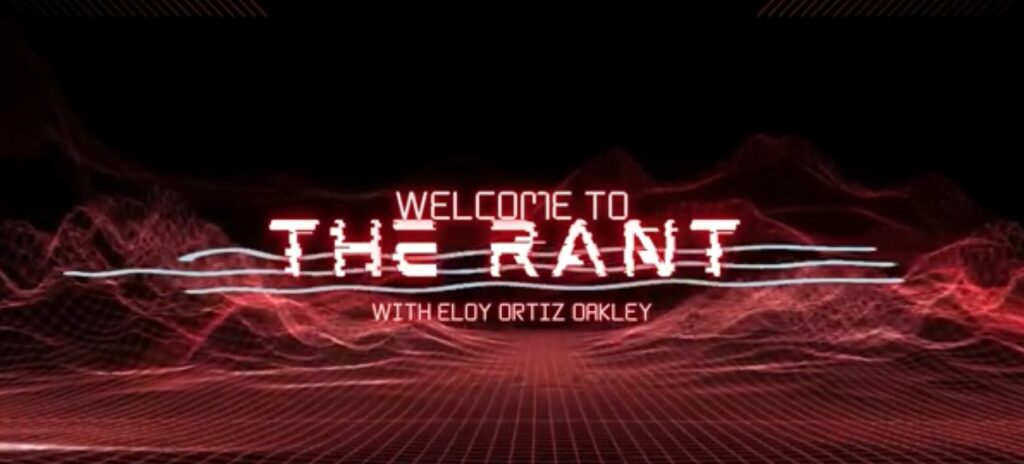Real talk: America hasn’t even begun to take the impact of the coronavirus on the education system into account.
According to recent surveys, more than half of all college freshmen say that they will no longer be able to afford their college tuition. As a result of the recession caused by the coronavirus, they will need to either find a new way to pay for college or drop out. Seven percent say they’ve already dropped out to look for full time work.
We can expect those numbers to get worse, as a survey by Lending Tree shows that 36% of parents have tapped into their children’s college funds to pay current expenses. As the market fluctuates, investments intended to pay for college may also drop.
All of this puts the entire business model of contemporary higher education in jeopardy at a time when colleges across the country are already in the midst of a crisis.
As George Mason University professor of economics Typer Cowen recently wrote:
“The vast majority of colleges and universities, both public and private, will soon face a shortage of two key sources of revenue: foreign students and students paying high out-of-state tuition rates. The crisis thus threatens the financial model that has sustained many schools and will force some to downsize, cut programs or go out of business altogether.”
These impacts are already being felt in the raw numbers: according to the most recent statistics, as of April 457,000 teachers and other school personnel had lost their jobs in private schools, including colleges and universities, and 176,000 professors and other employees had lost their jobs at state colleges.
Put these facts together, and it’s increasingly looking like higher education is not in the midst of a recession or a downturn, but that its model for business and for classroom education could in fact be collapsing. If that’s true, then this is not a problem we can fix through stop-gap funding or one-time revenue shots. The whole model of college itself will need to be re-thought and re-developed.
Not just for the sake of the students, although surely that’s reason enough, but for the sake of the economy as well: having an educated workforce means more industry, more productivity, and more jobs.
It’s obvious that many attempts at a new model will strongly resemble the road that Calbright College is already on. The move towards online classes is clear: so, too, is the need to be tuition free for many (if not all) students. But we have maintained, strongly, since our beginning that Calbright is a part of the solution, not the whole. Of course we’ll still need in person classes. Of course we’ll need to explore new revenue models. Of course we’ll still want colleges that offer degrees, in addition to the credential-based Competency Based Education that Calbright offers.
In fact, the reason why Calbright is a part of the solution is precisely that it’s so focused: rather than trying to be all things to all people, we’re specifically trying to find ways to help underemployed and marginalized adult Californians quickly demonstrate the skills to connect to upwardly mobile jobs. That’s it. That’s what we do – and we were created to do it because the system as it exists wasn’t getting the job done. That need has only grown, and propping up the existing system with short term stimulus simply won’t do it.
We are entering a period in higher education when we simply have to experiment to figure out what works. It’s going to be hard, but if we don’t do it now, current events strongly suggest we’ll have to do it later when it will be even harder.



